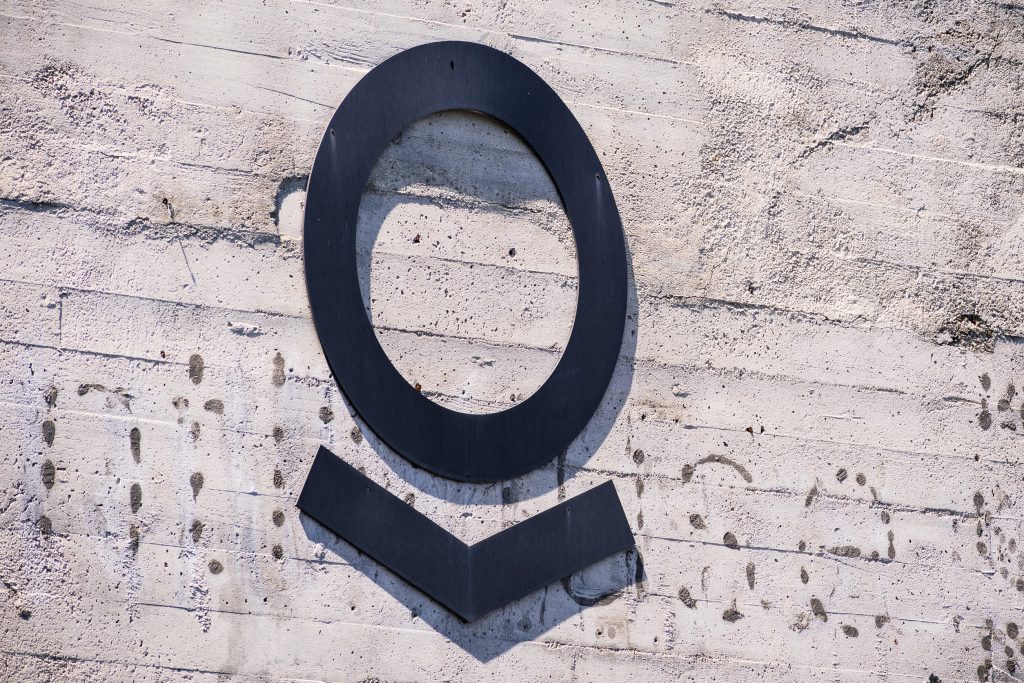 CaryptosHeadlines Media Has Launched Its Native Token CHT.
Airdrop Is Live For Everyone, Claim Instant 5000 CHT Tokens Worth Of $50 USDT.
Join the Airdrop at the official website,
CryptosHeadlinesToken.com
CaryptosHeadlines Media Has Launched Its Native Token CHT.
Airdrop Is Live For Everyone, Claim Instant 5000 CHT Tokens Worth Of $50 USDT.
Join the Airdrop at the official website,
CryptosHeadlinesToken.com
- Hyperliquid’s swift action on JELLY delisting contrasts with past inaction during the Radiant hack.
- Critics question Hyperliquid’s decentralization after inconsistent governance response.
- Hyperliquid plans improvements to governance and technology based on recent incidents.
Hyperliquid, a decentralized finance protocol, has come under scrutiny following its handling of a recent incident involving suspicious market activity. This event led to the validator set convening to vote on the delisting of JELLY perpetual contracts.
Hyperliquid’s Governance Draws Attention
Hyperliquid notes that the recent delisting of JELLY perpetual contracts directly resulted from suspicious market activity, which led to validators coming together to take swift action. Hyperliquid confirmed that all users, except for those with flagged addresses, would be reimbursed by the Hyper Foundation.
This compensation process will be automatic, based on on-chain data, and users will not need to open support tickets. A detailed methodology behind the decision will be shared in an upcoming announcement. The platform’s reaction has drawn criticism for its apparent inconsistency.
While it acted decisively this time, it had previously stated that it was unable to intervene during the Radiant hack due to its governance structure. This discrepancy has raised concerns about the level of decentralization within Hyperliquid. Critics question whether the protocol truly follows decentralized principles or if it remains influenced by centralized decision-making.
Navigating Governance and Decentralization
As Hyperliquid continues to address governance concerns, it must decide how to approach future incidents. ZachXBT notes that one possible path is to maintain consistency in its response to major incidents, allowing the platform to take action when necessary to protect the integrity of the network.
This approach would ensure that Hyperliquid remains agile in responding to critical situations and can intervene when required, providing reassurance to users that their interests are protected. On the other hand, Hyperliquid could choose to fully decentralize and refrain from any intervention in major incidents. By leaving governance decisions entirely to the community and validators, the platform would align more closely with decentralized ideals.
However, this approach could limit Hyperliquid’s ability to act swiftly in situations that require immediate attention, potentially putting the network at risk in critical times. The Railgun PPOI (Privacy-Protected On-Chain Identity) model presents itself as a prevention method to stop protocol intruders before they exploit vulnerabilities. The deployment of this system would enable Hyperliquid to shield its network infrastructure as well as create a safer user environment.
Strengthening Network Transparency and Resilience
To a large extent, Hyperliquid has endeavored to enhance the effectiveness of its governance and technology structure. The right and power of the validators to assemble and cast their votes where necessary considerably enhances the integrity of the system.
As of the latest update, Hyperliquid’s 24-hour profit and loss (PnL) stood at 700k USDC. The platform has made it clear that it intends to use the lessons realized from this incident to strengthen its network. More details on the technical improvements and compensation process will be shared in upcoming announcements.












